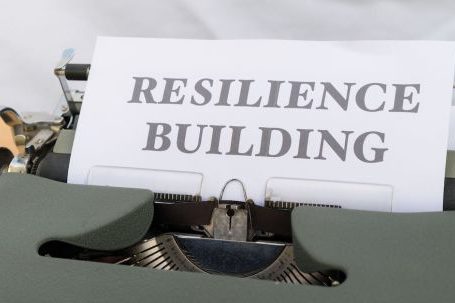Success is something that we all strive for in life. Whether it’s achieving our career goals, improving our relationships, or simply finding happiness and fulfillment, success is a universal desire. However, success doesn’t just happen by chance; it requires careful planning and intentional action. One effective way to set yourself up for success is by creating a personal development plan. In this article, we will discuss the importance of having a personal development plan and provide practical tips for creating one.
Why is a personal development plan important?
A personal development plan serves as a roadmap for personal growth and success. It helps you identify your strengths and weaknesses, set clear goals, and develop strategies to overcome obstacles. By having a plan in place, you are more likely to stay focused and motivated, and you can track your progress along the way. A personal development plan also allows you to be proactive in your own self-improvement, rather than relying on external factors or circumstances.
1. Assess your current situation
Before you can create a personal development plan, it’s important to assess your current situation. Take some time to reflect on your strengths, weaknesses, values, and goals. What areas of your life do you want to improve? Where do you see yourself in the future? By gaining a clear understanding of where you are now, you can better determine where you want to go.
2. Set specific goals
Once you have assessed your current situation, it’s time to set specific goals. Your goals should be SMART: specific, measurable, attainable, relevant, and time-bound. For example, instead of setting a vague goal like “get in shape,” you could set a SMART goal like “lose 10 pounds in three months by exercising for 30 minutes a day and eating a balanced diet.” Setting specific goals helps you stay focused and gives you a clear target to work towards.
3. Identify action steps
Now that you have set specific goals, it’s important to identify the action steps needed to achieve them. Break down each goal into smaller, manageable tasks. For example, if your goal is to improve your public speaking skills, your action steps could include joining a Toastmasters club, practicing in front of a mirror, or taking a public speaking course. By breaking down your goals into actionable steps, you can avoid feeling overwhelmed and increase your chances of success.
4. Develop a timeline
In order to stay on track and hold yourself accountable, it’s helpful to develop a timeline for your personal development plan. Determine when you will start working on each goal and set deadlines for completing each action step. By having a timeline in place, you can stay organized and ensure that you are making progress towards your goals.
5. Review and revise regularly
A personal development plan is not set in stone; it’s meant to be flexible and adaptable. Regularly review your plan and assess your progress. Are you on track to achieving your goals? Are there any obstacles or challenges that need to be addressed? If necessary, revise your plan and make adjustments as needed. Remember, success is a journey, and your personal development plan should evolve along with you.
In conclusion, creating a personal development plan is a powerful tool for success. By assessing your current situation, setting specific goals, identifying action steps, developing a timeline, and regularly reviewing and revising your plan, you can set yourself up for personal growth and achievement. Remember, success is not a destination; it’s a lifelong journey. So start creating your personal development plan today and take the first step towards a more successful and fulfilling life.





